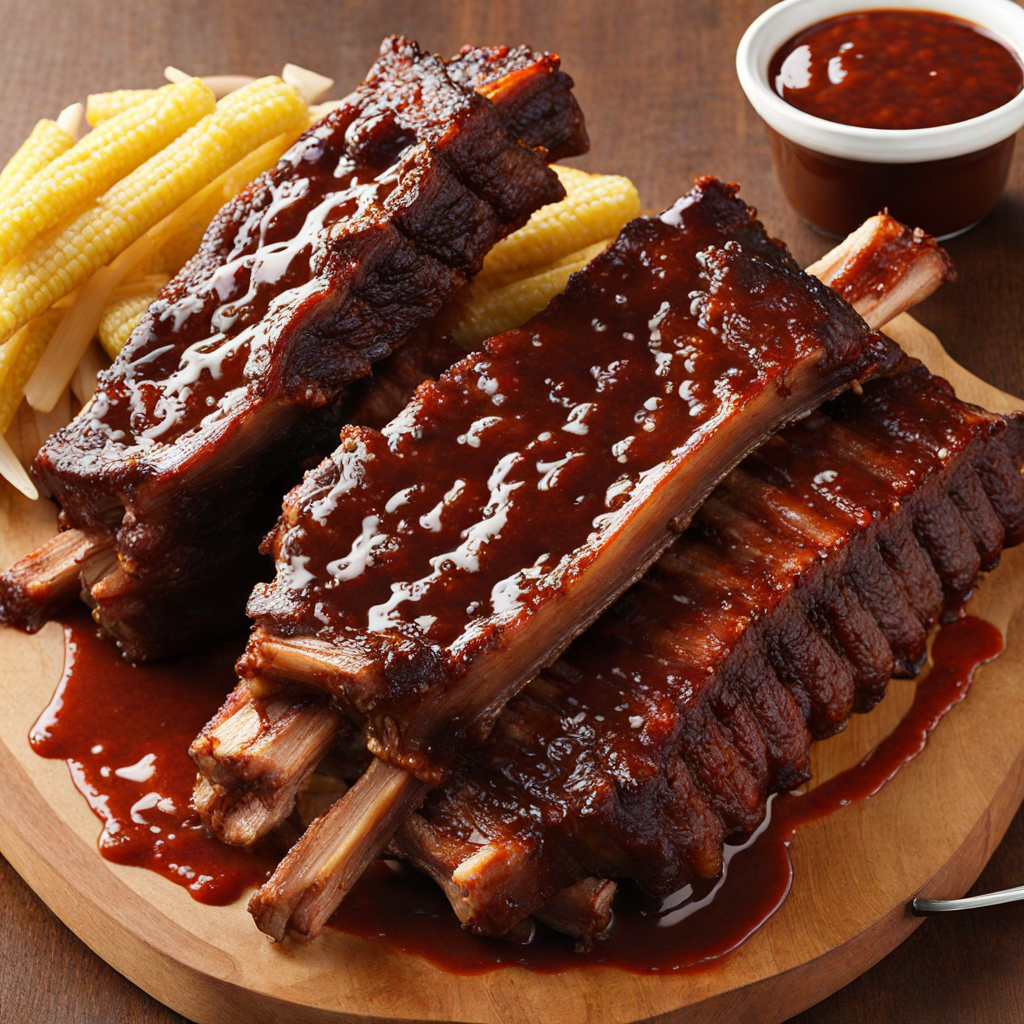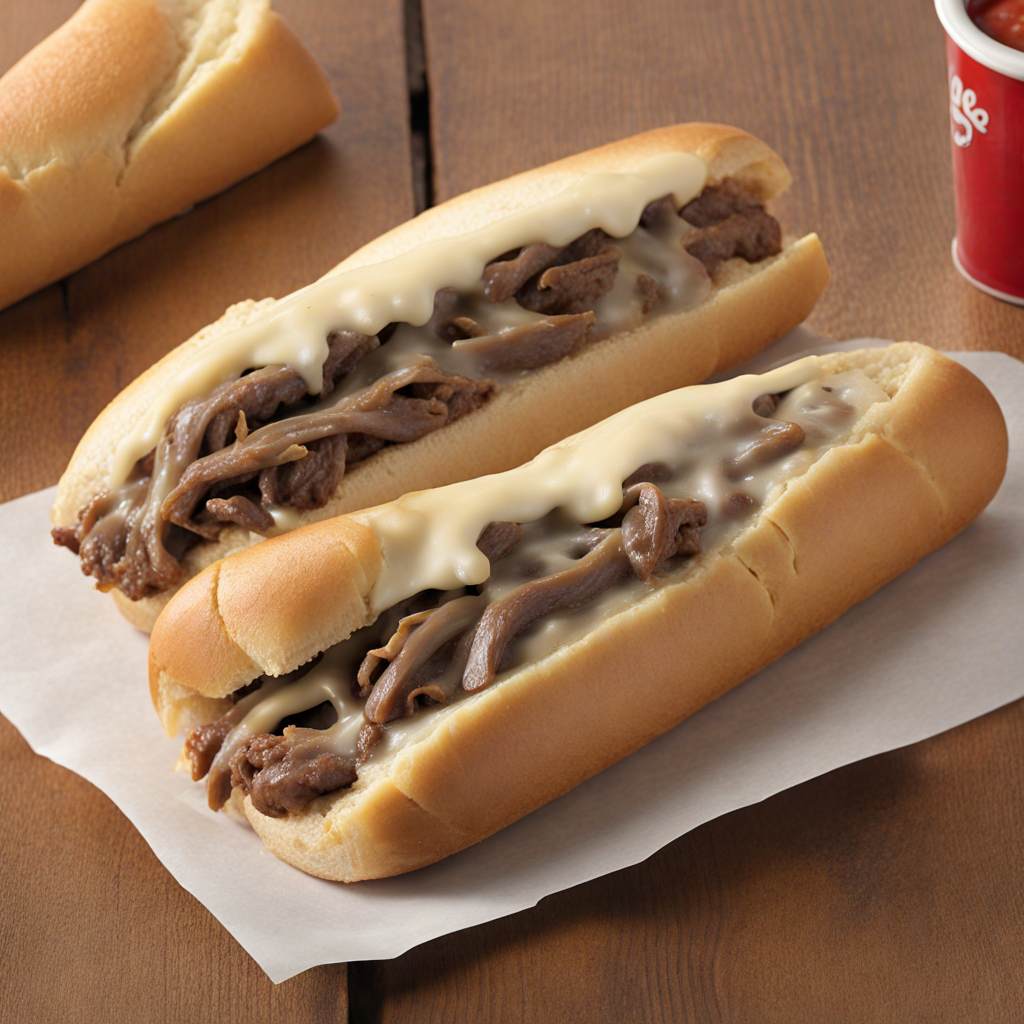Denver Omelet
The Denver Omelet is a delightful and hearty dish that showcases the vibrant flavors of the American West. This classic breakfast item is characterized by its fluffy eggs, which are often whipped to perfection before being poured into a hot skillet. The omelet is generously filled with a savory medley of diced bell peppers, onions, and ham, creating a colorful and appetizing presentation. The combination of these fresh ingredients not only adds texture but also infuses the dish with a sweet and savory taste profile that is both satisfying and energizing for the start of the day. As you take your first bite, you’ll experience the delightful contrast between the tender eggs and the crunchy vegetables. The bell peppers lend a slight sweetness, while the onions provide a subtle sharpness that perfectly complements the richness of the eggs. The ham adds a smoky, salty flavor that ties all the elements together, making each mouthful a flavorful journey. Often, the omelet is topped with a sprinkle of cheese, which melts into gooey perfection, enhancing the overall richness of the dish. This omelet is not only delicious but also versatile, as it can be customized to suit individual tastes. Some may prefer adding mushrooms or spinach for an extra layer of flavor and nutrition, while others might enjoy a dash of hot sauce for a spicy kick. Served with a side of crispy hash browns or toast, the Denver Omelet is a comforting meal that embodies the spirit of American breakfast culture, inviting food lovers to savor the simple yet delightful pleasures of home-cooked fare.
How It Became This Dish
The Denver Omelet: A Slice of American Culinary History The Denver omelet, often hailed as a quintessential American breakfast dish, has a rich and somewhat nebulous history that reflects the cultural melting pot of the United States. With its simple yet satisfying combination of eggs, bell peppers, onions, and ham, the Denver omelet not only delights the palate but also serves as a culinary emblem of the American West. #### Origins The exact origins of the Denver omelet are somewhat murky, with multiple theories surrounding its inception. One of the prevailing narratives points to the late 19th century in the bustling city of Denver, Colorado. During this time, the West was undergoing significant transformation, with a surge of settlers moving westward in pursuit of opportunity and adventure. The dish is thought to have emerged as a hearty meal for laborers and travelers, providing them with the necessary sustenance to tackle the demands of frontier life. Another theory suggests that the Denver omelet's roots can be traced back to the 1860s when it was known as a "Western omelet." This term reflected the ingredients commonly found in the American West, particularly the use of ham, which was often smoked and cured by the local ranchers. The dish likely evolved from simple egg preparations, as cooks began adding whatever fresh produce and proteins were available, leading to the colorful medley we recognize today. The first documented mention of the Denver omelet appeared in the 1897 edition of the "Boston Cooking School Magazine," where it was described as a dish that combined eggs with peppers and onions. This acknowledgment in a widely circulated publication suggests that the omelet had gained popularity beyond its regional origins, making its way into the culinary lexicon of the United States. #### Cultural Significance The Denver omelet is more than just a breakfast staple; it embodies the spirit of American pragmatism and resourcefulness. As settlers pushed westward, they often faced food scarcity and the challenge of making meals with limited ingredients. The Denver omelet exemplifies this adaptability, transforming readily available ingredients into a nourishing and flavorful dish. Over the decades, the Denver omelet has been embraced by various cultures and communities across the nation. It became a beloved item in diners and breakfast spots, evoking nostalgia for many Americans who grew up enjoying it as a weekend treat or a quick meal before heading out for work. The dish's versatility allowed for regional variations, with some incorporating local ingredients or personal touches, further cementing its place in the American culinary landscape. Moreover, the Denver omelet has become a symbol of the broader breakfast culture in the United States. The rise of breakfast restaurants and diners in the mid-20th century played a significant role in popularizing the dish. As more people sought out breakfast options outside the home, the Denver omelet emerged as a top choice, appreciated for its flavor, texture, and the energy it provided to start the day. #### Development Over Time As the 20th century progressed, the Denver omelet continued to evolve. The post-World War II era saw a boom in convenience foods and a shift in dining habits. The advent of pre-packaged ingredients and frozen foods made it easier for home cooks to prepare versions of the Denver omelet with less effort. Quick-cooking eggs and pre-chopped vegetables became staples in many households, leading to a more homogenized version of the dish that could be whipped up in mere minutes. Despite these changes, many chefs and home cooks remained committed to the traditional preparation of the Denver omelet. The classic version, made with fresh bell peppers, onions, and diced ham folded into fluffy eggs, still graces menus across the country. Chefs have begun to experiment with the dish, introducing gourmet twists and incorporating ingredients such as cheese, spices, and even unique proteins like smoked salmon or chorizo. In recent years, the rise of dietary preferences and restrictions has led to further adaptations of the Denver omelet. With the increasing popularity of plant-based diets, many restaurants have started offering vegan versions, replacing eggs with tofu or chickpea flour and using a variety of vegetables to create similar flavors. Gluten-free options have also emerged, allowing even more people to enjoy this classic dish. #### The Denver Omelet Today Today, the Denver omelet is widely recognized and appreciated not only in diners but also in upscale restaurants and brunch spots across the United States. It has become a canvas for culinary creativity, with chefs taking liberties to introduce fusion elements or seasonal ingredients. The dish's enduring appeal lies in its simplicity and the ability to cater to various tastes and dietary needs. The Denver omelet also serves as a reminder of the rich history of American food culture. It reflects the journey of a nation, from the rugged frontiers of the 19th century to the modern culinary scene. The dish has transcended its humble beginnings to become a beloved breakfast option that can evoke memories of home, family gatherings, and the warmth of shared meals. In conclusion, the Denver omelet stands as a testament to the adaptability and creativity of American cuisine. Its origins may be steeped in legend and folklore, but its significance is clear. It represents the fusion of cultures and traditions, showcasing how a simple dish can evolve over time while remaining rooted in the heart of American culinary heritage. Whether enjoyed in a cozy diner or a chic brunch spot, the Denver omelet continues to bring people together, one delicious bite at a time.
You may like
Discover local flavors from United States







